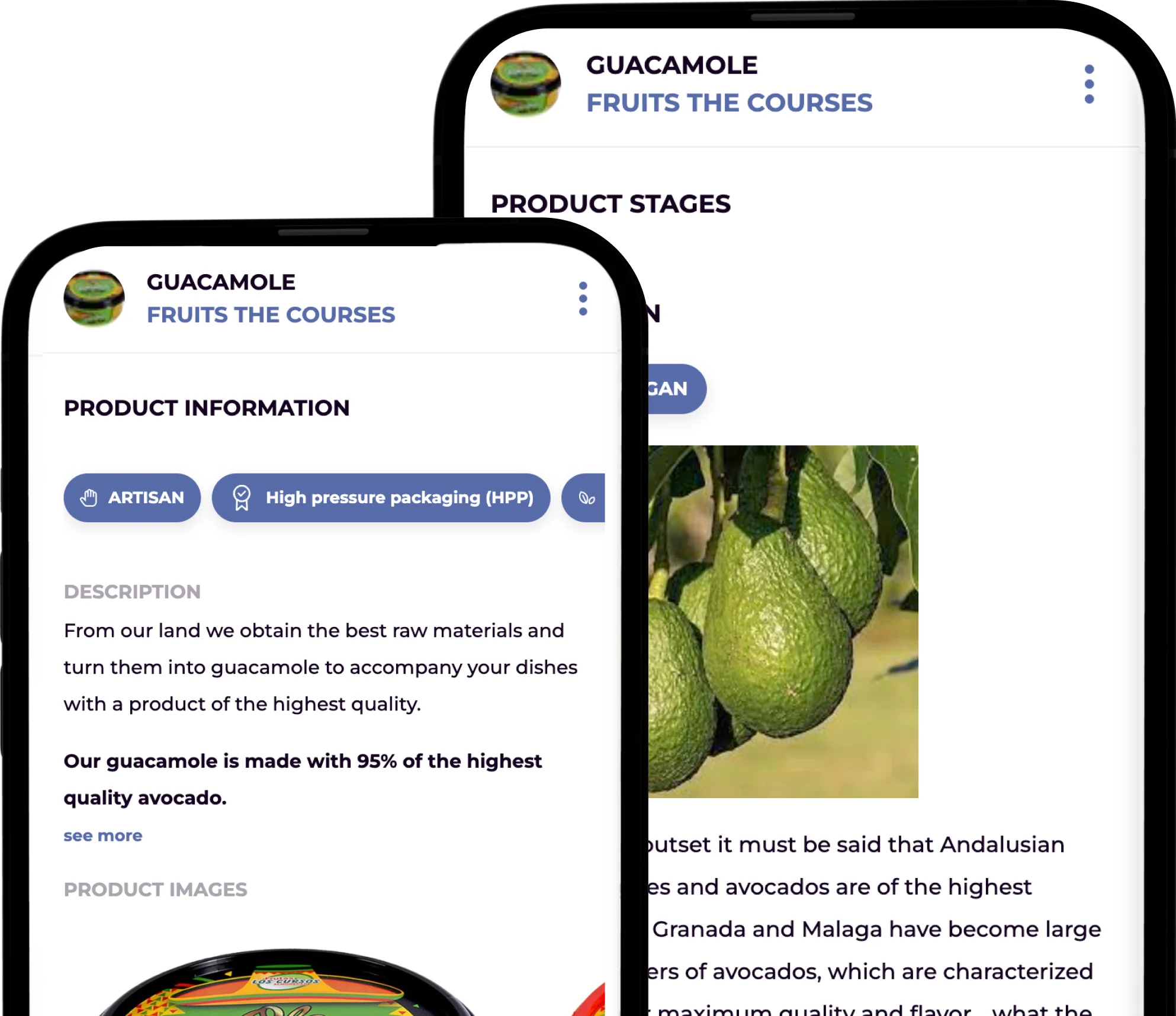In the ever-evolving logistics sector, companies continuously innovate to meet the rising consumer demands for speed, efficiency, and eco-consciousness.
Through this, companies have set new benchmarks, prompting a shift towards faster delivery times and more sustainable, environmentally friendly distribution methods.
Read on to discover how companies are navigating the challenges of transparency and sustainability in the logistics and food industry and the role of technology like QR codes in fostering consumer awareness.
What is a QR Code?
QR codes, short for Quick Response codes, are two-dimensional barcodes readable by smartphone cameras.
They offer a swift means to access digital information, such as product details or websites, by a simple scan. This technology has become significant for businesses aiming to increase transparency and engage consumers directly.
The Environmental Challenge
As we explore the potential of QR codes, we must also consider their role in addressing environmental challenges.
With food waste significantly impacting the greenhouse effect, there’s a pressing need to shift towards sustainable consumption and distribution. Approximately 1.3 billion tonnes of food is wasted annually, emphasizing the urgency to educate the public about the consequences of their consumption habits.
Informed consumers can dramatically influence food waste reduction. Awareness that QR codes bring about product sustainability can encourage more thoughtful consumption.
Research, including a Rethink Food Waste report, suggests that clear labeling and information can reduce household food waste by up to 20%. Furthermore, a Cone Communications study reveals that 87% of consumers are more likely to support brands that advocate for issues they care about.
QR codes offer strategies to minimize food waste by providing immediate tips on food storage or using leftovers. This direct communication tool aids in environmental protection and guides us toward a more sustainable future.
The Transparency Gap
The use of QR codes extends beyond environmental challenges, addressing the transparency gap in consumer knowledge. Despite significant efforts and resources poured into product production, consumers often remain unaware of these details.
QR codes offer a solution by providing instant access to a product’s origin, manufacturing process, and environmental footprint. This level of transparency enables consumers to make purchases that reflect their values regarding sustainability.
By adopting QR code technology, such as the solutions provided by SwearIt, companies can effectively communicate their environmental efforts, building a deeper level of trust with their consumers.
Notably, implementing QR codes in line with EU wine label rules exemplifies how the European Union utilizes this technology to ensure consumers have immediate access to essential product information, aiding in the global push towards sustainability.
Conclusion
The industry’s shift towards transparency and sustainability is a necessity. As consumers become more conscious of their environmental impact, they seek brands that align with their values.
QR codes have emerged as a powerful tool, bridging the gap between companies and consumers and enabling informed decision-making that supports a greener planet.
Swearit offers innovative solutions such as QR Codes to empower you to share your environmental efforts and connect with your audience more deeply. Contact us today to explore how our innovative solutions can elevate your brand and make a meaningful impact.
